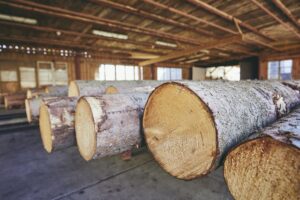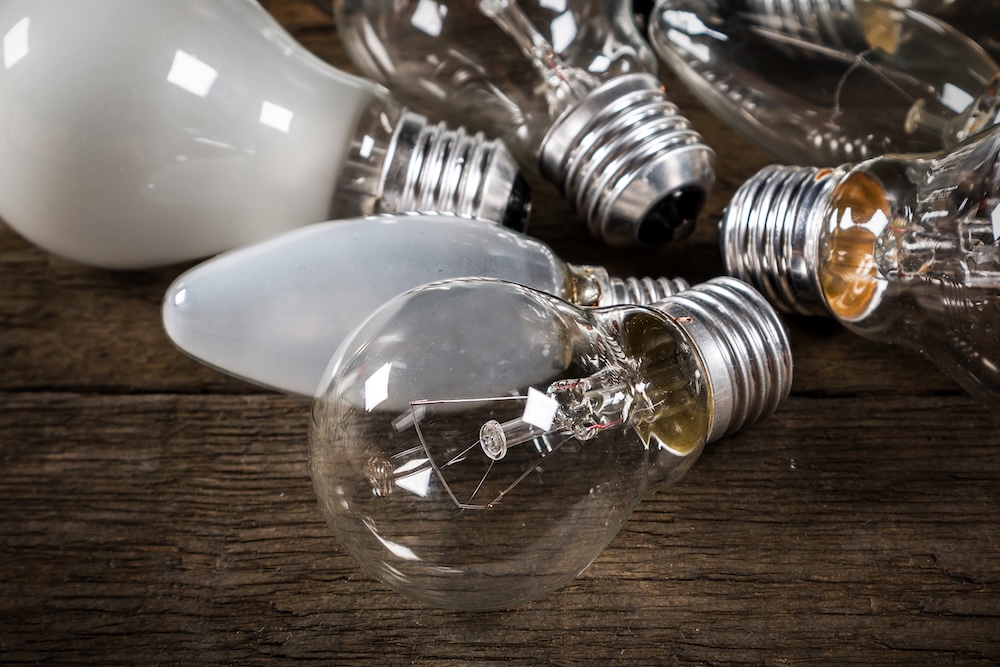Lighting seems simple, but the type of bulb you choose can have a major impact on your electricity use, household costs, and carbon footprint. From traditional incandescent bulbs to modern LEDs, every lighting technology carries its own energy story — one that stretches from manufacturing to disposal.
Understanding which bulbs waste energy, which pollute most, and which truly help the planet can turn a small household decision into a powerful act of climate responsibility.
Energy Use: Where Emissions Begin
Lighting accounts for roughly 15% of global electricity consumption and 5% of global greenhouse gas emissions. The difference between bulb types comes down to energy efficiency — how much electricity is converted into light instead of heat.
| Bulb Type | Average Efficiency (Lumens per Watt) | Energy Use | Typical Lifespan |
|---|---|---|---|
| Incandescent | 10–17 | Very high | ~1,000 hours |
| Halogen | 16–24 | High | ~2,000 hours |
| CFL (Compact Fluorescent) | 35–60 | Moderate | ~8,000 hours |
| LED | 80–120+ | Very low | 15,000–50,000 hours |
The higher the lumens per watt, the more efficient the bulb. LEDs convert about 90% of their energy into light — while incandescent bulbs waste about 90% as heat.
Over time, that difference means lower emissions, lower bills, and a smaller climate footprint.
Greenhouse Gas Emissions by Type
Because most electricity worldwide still comes from fossil fuels, the more energy a bulb uses, the more carbon it indirectly produces.
Let’s assume an average household bulb runs 1,000 hours per year:
- Incandescent: ~60W × 1,000h = 60 kWh → ≈ 27 kg CO₂/year
- Halogen: ~45W × 1,000h = 45 kWh → ≈ 20 kg CO₂/year
- CFL: ~15W × 1,000h = 15 kWh → ≈ 7 kg CO₂/year
- LED: ~10W × 1,000h = 10 kWh → ≈ 4.5 kg CO₂/year
Now multiply that by 40 bulbs in a typical home — switching from incandescent to LED can cut almost 900 kg of CO₂ per year per household. That’s roughly the same as not driving 2,200 miles in a gasoline car.
Cost Over Time
While LED bulbs cost more upfront, their long lifespan and energy savings make them far cheaper in the long run.
For a single bulb running 1,000 hours per year at $0.15/kWh:
| Bulb Type | Yearly Energy Cost | Lifetime Energy Cost (10 years) |
|---|---|---|
| Incandescent | ~$9.00 | ~$90 |
| Halogen | ~$6.75 | ~$67 |
| CFL | ~$2.25 | ~$22 |
| LED | ~$1.50 | ~$15 |
An LED bulb saves roughly $7.50 per year compared to an incandescent — or $300+ in a home with 40 bulbs every decade.
Pollution and Waste Impacts
Lighting impacts don’t end at the plug. The materials, chemicals, and disposal methods also shape their environmental footprint.
Incandescent and Halogen
- Made mostly of glass and tungsten.
- Short lifespan means more frequent disposal and manufacturing emissions.
- Halogen gases add to complexity but not recyclability.
CFL (Compact Fluorescent)
- Contain mercury, which is toxic if bulbs break or end up in landfills.
- Require careful recycling — improper disposal releases pollutants.
- Still more efficient than incandescent but falling out of favor.
LED (Light Emitting Diode)
- Contain electronic components (copper, rare metals) that require energy to mine.
- However, long lifespan offsets manufacturing impact after about six months of use.
- Fully recyclable through e-waste programs.
When considering lifecycle emissions — manufacturing, use, and disposal — LEDs outperform every other bulb type by a wide margin.
The Global Picture
- If the world switched entirely to LED lighting, we could reduce global CO₂ emissions by 1.4 billion tons per year — roughly equal to removing 300 million cars from the road.
- The International Energy Agency (IEA) estimates LEDs could cut electricity demand for lighting by 60% by 2030.
- Many countries, including the U.S. and members of the EU, have already begun phasing out incandescent bulbs entirely.
This transition is one of the fastest and simplest ways to reduce emissions globally — and it starts in homes, offices, and streetlights.
What About “Warmth” and Aesthetics?
Some people prefer the warm glow of incandescent bulbs, but modern LEDs now offer adjustable color temperatures that mimic natural daylight or warm tones. Many are dimmable, programmable, and compatible with smart-home systems — combining efficiency with comfort.
What Consumers Can Do
- Switch to LED bulbs — start with the most-used fixtures first (kitchen, living room, outdoor lighting).
- Recycle old CFLs properly to avoid mercury contamination.
- Choose ENERGY STAR–certified LEDs for guaranteed performance and lifespan.
- Reduce use where possible — motion sensors and dimmers help lower total energy draw.
FAQs
Are LED bulbs always better?
Yes, for nearly every application. Their efficiency and lifespan outweigh any downsides in cost or materials.
Do LEDs have environmental downsides?
Only in manufacturing, which involves metals and electronics. These are offset quickly through lower energy use.
Can switching all bulbs really make a difference?
Yes. Lighting changes are one of the fastest, cheapest ways to cut emissions at scale.
What about sunlight or skylights?
Maximizing natural light reduces both electricity use and emissions further.
Final Thoughts
Lighting decisions might seem small, but across billions of fixtures, the impact is enormous. Incandescent bulbs burn money and fossil fuels; LEDs turn energy into light efficiently and responsibly.
Each switch flipped toward an LED is a quiet act of climate action — proof that change doesn’t always require sacrifice. Sometimes, it just requires choosing the right bulb.









Reader Interactions